UNESCO Intangible Cultural Heritage in Iran
Ritual Dramatic Art of Ta’ziye
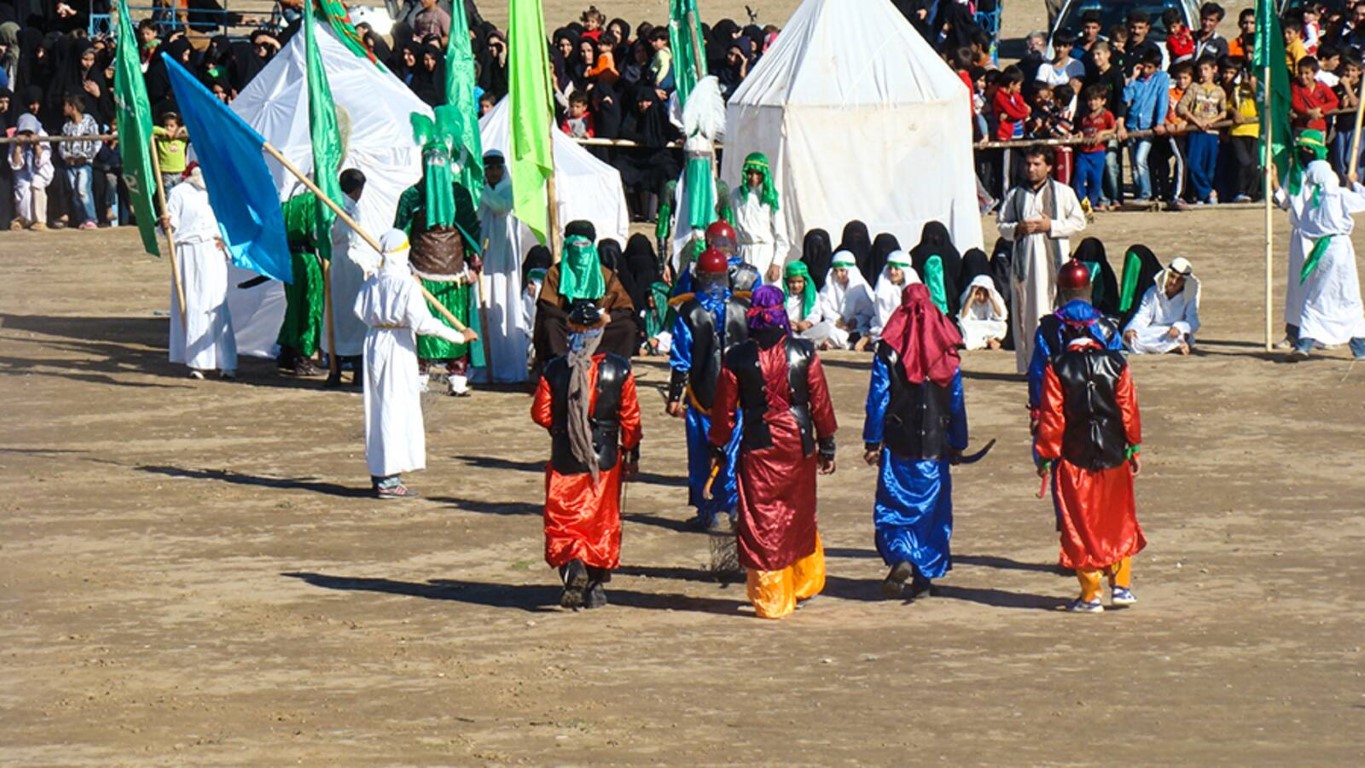
Ta’ziye literally means mourning, however, what is evoked for Iranians by hearing the name of Ta’ziye is a special religious and ritual drama in which those who are familiar with the drama techniques perform some theatre for the sake of Moharram and the pains of the third Shia Imam, his family and friends in the region of Karbala and during their battle with Yazid. Since reading artistically the poems is more important than the method of performing the events, it has been named “Ta’ziye Khani” in comparison with “Rodha Khani”.
It usually begins with performing Pish-khani (reading a kind of introduction) of the main part. The person who establish Ta’ziye is named “Bani” (builder), one who directs it called “Ta’ziye Gardn” (runner) and its acters are “Ta’ziye Khan” (reader) OR “Shabih Khan”. The origin of Ta’ziye is not clearly determined, however, some believe that the roots of this ritual dates back to pre-Islamic Period in Iran and especially to the 3000-year-old ritual of Soog-e Siavash, the Iranian hero, which is considered to be the basis of Ta’ziye.
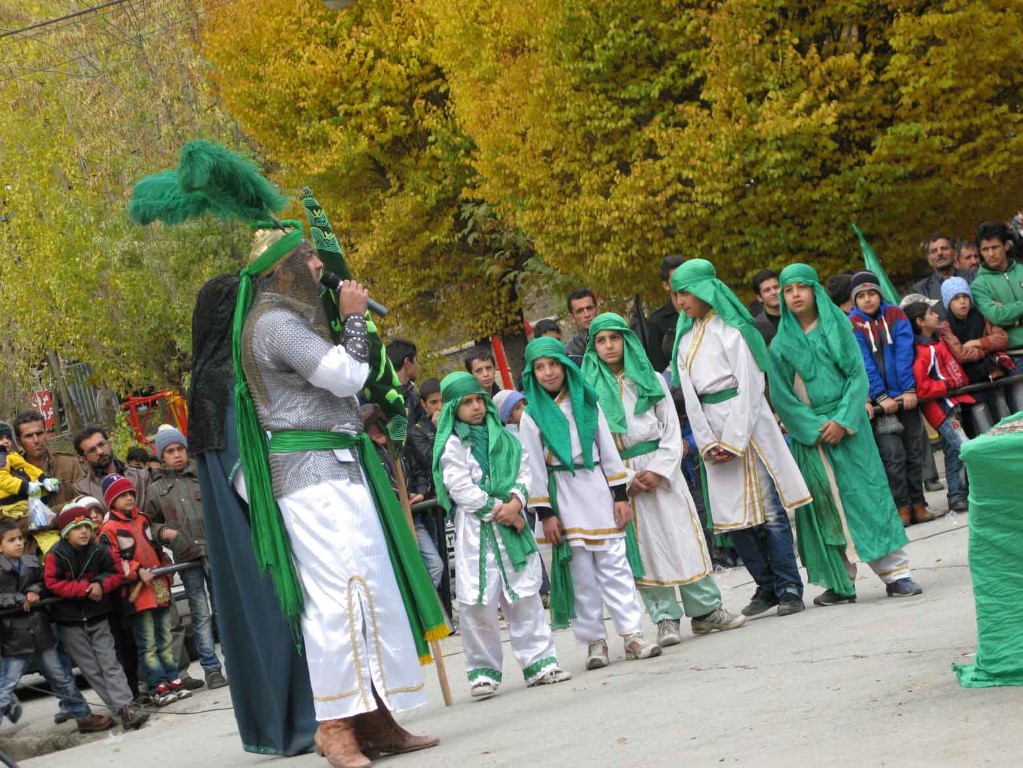
The formal form of 3000-year-old ritual in Iran, however, is attributed to the Shia Dynasty of Buyids; in 352 AH, Moez al-Dole ordered people to shut down the Bazaar, wear black cloths and read Rodha. Therefore, the foundation of Shabih Khani performance was established in that period. After that, under the rule of Shia Safavid government Ta’ziye was highly flourished. However, it is stated that the golden age of Ta’ziye in Iran is Qajar period during the reign of Naser al-Din Shah.
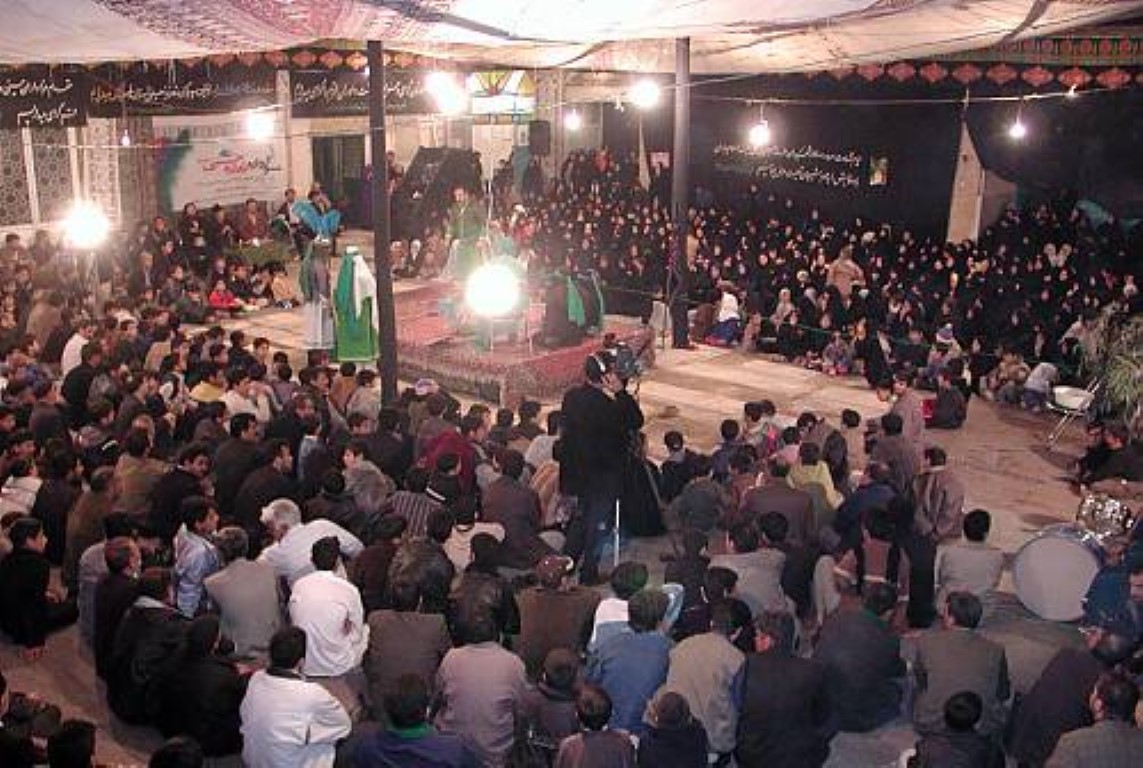
The establishment of Tekyeh Dowlat during his rule was supported as an imitation of Opera Hall Theatre in England. Ta’ziye Khani and Rodha Khani were forbidden by the government of Pahlavi I and they ruined Tekyeh Dowlat. Today Iranians perform Ta’ziye Khani every year in all cities from north to south such as Natanz, Shahrood, Isfahan, Markazi, Qom, Tehran, Kerman, Khuzestan, Fars, Bushehr etc. in addition, Ta’ziye is considered to be a kind of ritual drama attracted the great theater historians and theorists’ attentions around the world. Ta’ziye was inscribed on UNESCO List of Intangible Cultural Heritage of Humanity in 2010.
Qalishuyan (Carpet Washing) Ritual in Mashhad-e Ardehal
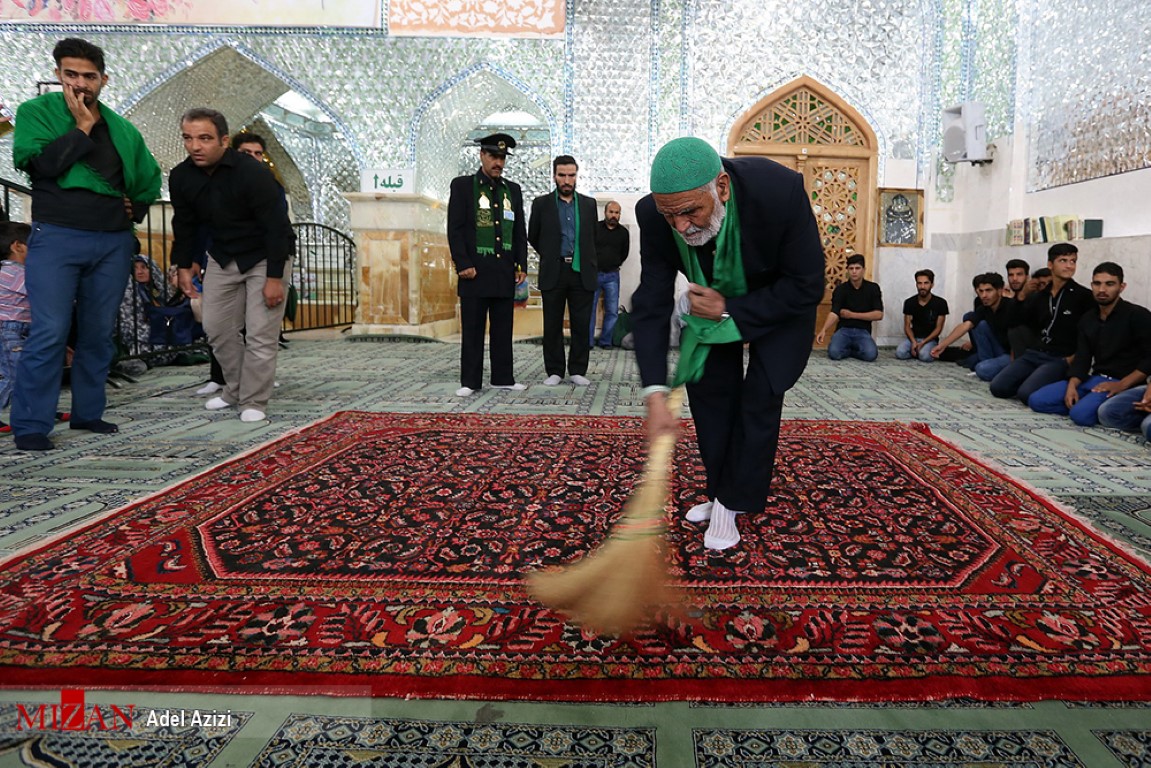
There are some nearby villages in the west of Kashan City which is called Aredhal altogether. The center of these villages is Mashhad-e Ardehal that is also known as Mashhad-e Qali (means carpet) by the locals. Being the martyrdom place of one of the Shia’ Imamzadehs is why this place is called Mashhad which literary means the place of Shahadat (martyrdom).
The ceremony of Qalishuyan is one of the ritual ceremonies dating back to approximately one thousand years ago in Mashhad-e Ardehal village. This ritual has been inscribed on the UNESCO Cultural and Spiritual Heritage List. Being also known as “Jomeh Qali” (literary means a Friday which is devoted to carpet), Qalishuyan ritual is in fact a symbolic show of the martyrdom happening, funeral and burying Imamzadeh Soltan Ali which is held every year by Kashan and Khave Ardehal inhabitants. At the beginning of 2nd century A.H. Imam Mohammad Baqer, the fifth Imam of Shia’, sent his son, Ali, by public request, to Kashan and Fin, in order to promote Islam and guide people. But he was martyred by the contemporary rule of the region. The region of Aznaveh village which become then famous as Ghatlegah (literary means shamble, the place of killing) is one of the holly and spiritual places located in 4km to the holly shrine of him. After this happening, some of Fin people who were the inviters and enthusiastic of him carried his body in a carpet on their shoulders while fighting with infidels. And some others dispersed the enemies to open the way for the population who wanted to wash the bloody carpet in a stream and bath the body before burying. The ceremony is in fact the symbol of washing the blood of Ali ibn Mohammad Baqer.
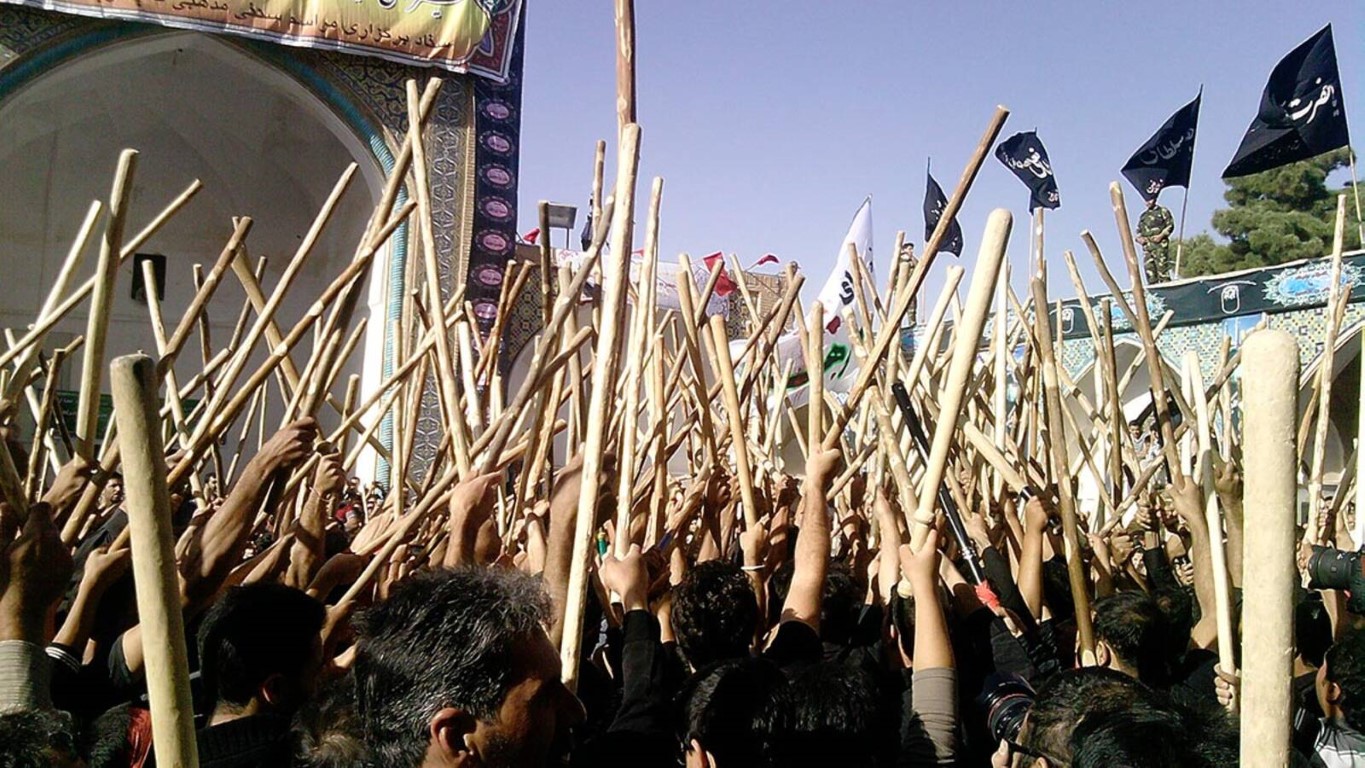
Qalishuyan ritual is the only religious ceremony that is held by the headquarters based upon the solar calendar in Iran, in the 2nd Friday of the autumn, often between the second and the third weeks (the closest week to Mehr 17), between ninth and fifteenth days of Mehr. One week before holding the ceremony, in the first Friday of Mehr, which is known as Jaar Friday (Jaar means public call for an event), Kashan people are invited to the ceremony. The inhabitants of Kashan, Khaveh village and other surrounding villages and cities, especially along the desert, are all gathered in this ceremony, they consider their presence in and watching Qalishuyan ritual to be one of the most important religious orders so that in their beliefs the reward of the pilgrimage to Soltan Ali Holly Shrine is equal to making a pilgrimage to Karbala and the presence in Imam Hossain Holly Shrine. Wearing a black cloth with a piece of wood in their hands, the participants are prepared for the ceremony in the Sahn of Amer ibn-Naser, one yard inside Soltan Ali holly shrine, and they are finally gathered in Safa Yard, in a certain manner, after going to and returning from Imamzadeh Hossain, one of Imam Zein ol-Abedin’s sons, located near to the holy shrine. At first, the trustees of Imamzadeh and Khaveh village hold the rituals of reading Rhode and mourning, they receive the rolled holly carpet from Khaveh inhabitants while taking it through Safa porch to the Safa Yard. They take the carpet to the monument of Imamzadeh Hossain to wash it in a certain stream while shaking the wood and chanting the name “Hossain” that indicates a symbolic fight with killers. The carpet is again delivered to the trustees in Safa yard, after washing ceremony. The ceremony is finally finished in Finiha yard after turning several times around the yard while mourning. Interesting among the other events around Qalishuyan ritual is the establishment of a bazaar for one week to ten days in the neighborhood of Soltan Ali monument buying from which may bring blessing according to the beliefs of people. It also should be said that the tradition of washing carpet gives the ritual an Iranian-nationalistic aspect to the extent that some believe that holding this ceremony in Mehregan is tightly related to the story of Siavash and the worshiping ritual of Tishtar (the God of Rain) and requesting the rain. It is also possible this place to be one of the ancient temples of Tishtar before burying of Soltan Ali and it was turned into the current Islamic form after the appearance of Islam and the accordance of the happenings around Imamzadeh Ali.
Traditional Skills of Building and Sailing Iranian Lenj Boats in the Persian Gulf
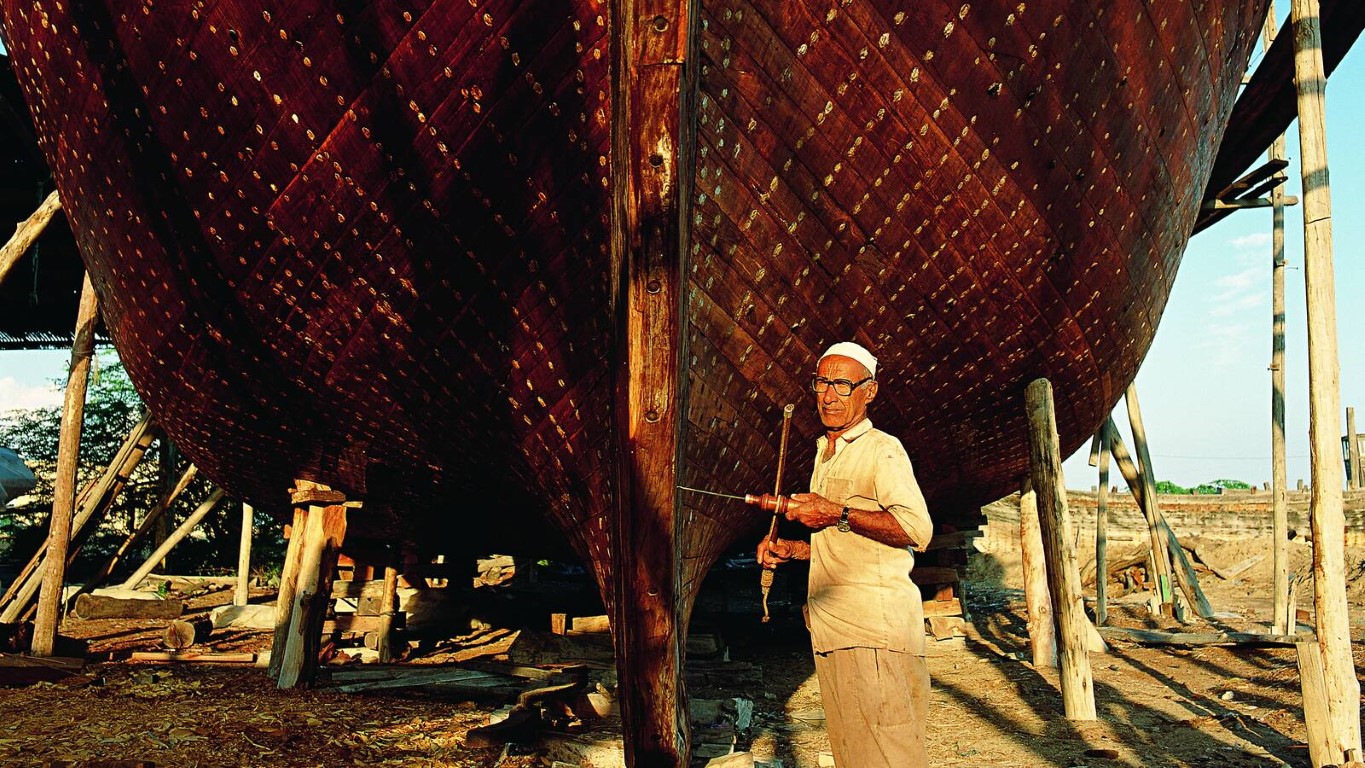
Building Lenj and boat is one of the oldest local industries in south of Iran dating back to Afsharid period. However, the history of Iranian sailing can be considered to be even longer after discovering Sasanid antiquities in today's Mongolia and also Parthian and Sasanid ports.
The habitants of the north beach of the Persian Gulf use their own hand-built Lenjes for sea journeys, trading, pearl diving and fishing. They experienced the business trips to Mumbai, Basra and the eastern cities of Africa and Tanzania using wind Lenjes, in the past.
This industry has a long cultural history; the poems sung by women returning from the sea or the boatmen songs at work can be considered the intangible heritage of this industry. Like many other professions in the past, the knowledge of building Lenjes has been passed on from father to son, over time. Lenjes are mentally built without any plan.
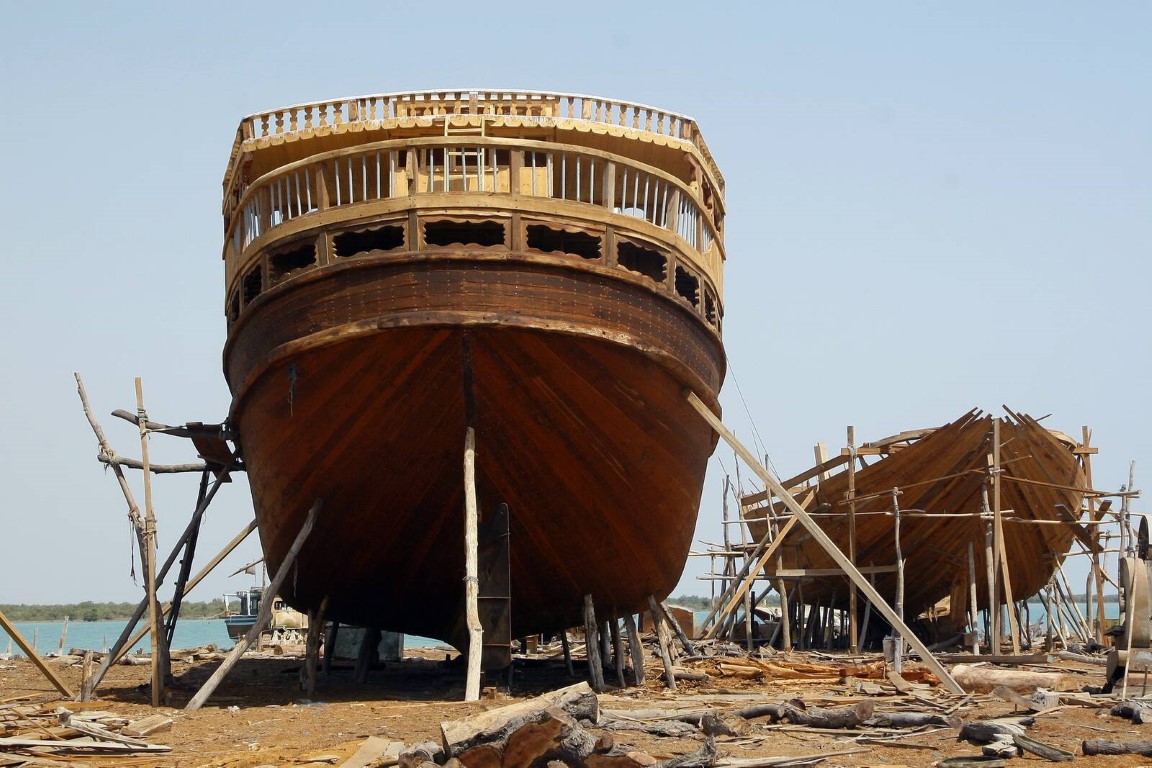
Lenj-builders had learned the primary plan of Lenjes from their fathers and they also learned it from their ancestors; therefore, the whole process of Lenj-building has been empirically transferred. The traditional Lenjes were built of jungle woods resistant to moisture, the trunks of local trees such as Gum Arabic tree, Mesquite, Jujube and nonlocal trees as Berry and Plane as well as an Indian high-quality wood namely "sāy" which was used for the body of vessels.
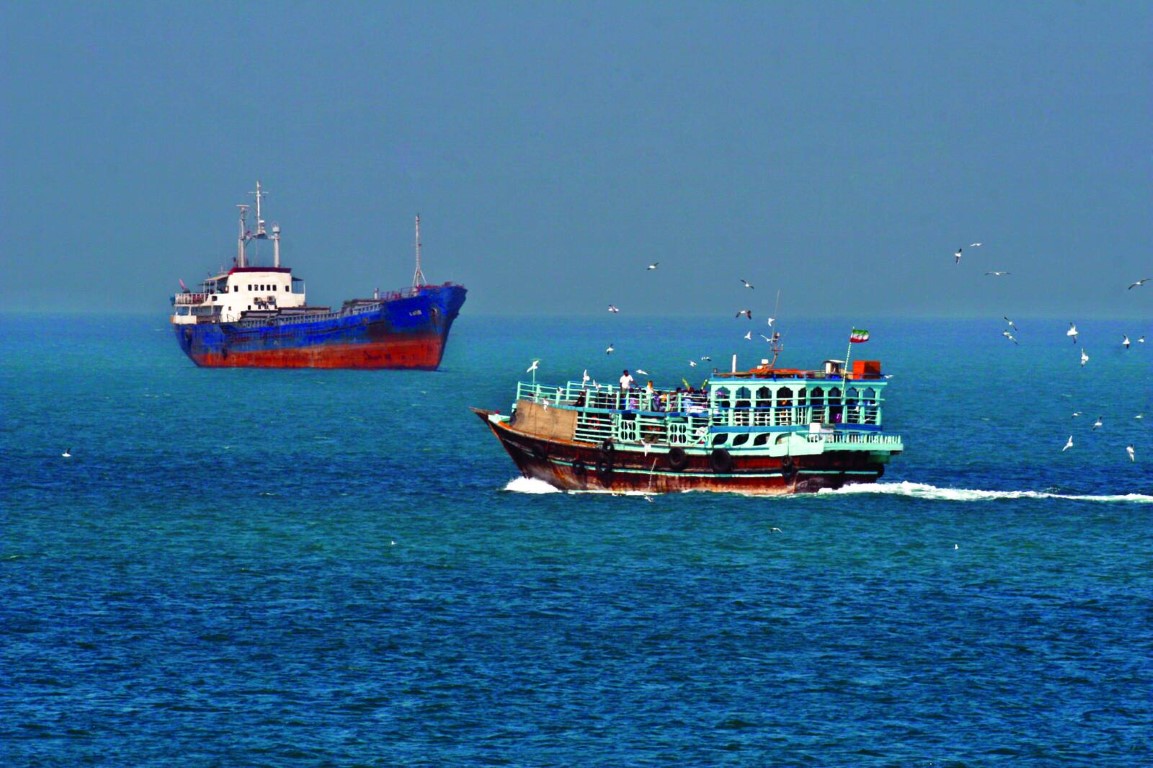
Formerly, the main centers of Lenj- Building were Kong, Lengeh ports and the historical port of Laft (in Qeshm Island). Today, most of Lenjes are built in Qeshm, Kulghan, Dargahan, Ramchah, Suza, Laft, Dulab and Guran cities. Masters of this profession coat the seams of Lenjes using bitumen, after the end of building process; therefore, they will be resistant to water penetration. Traditional Skills of Building and Sailing Iranian Lenj Boats in the Persian Gulf were inscribed as the eighth Iranian Intangible Heritage in 2011.
Flatbread making and sharing culture: Lavash, Katyrma, Jupka, Yufka
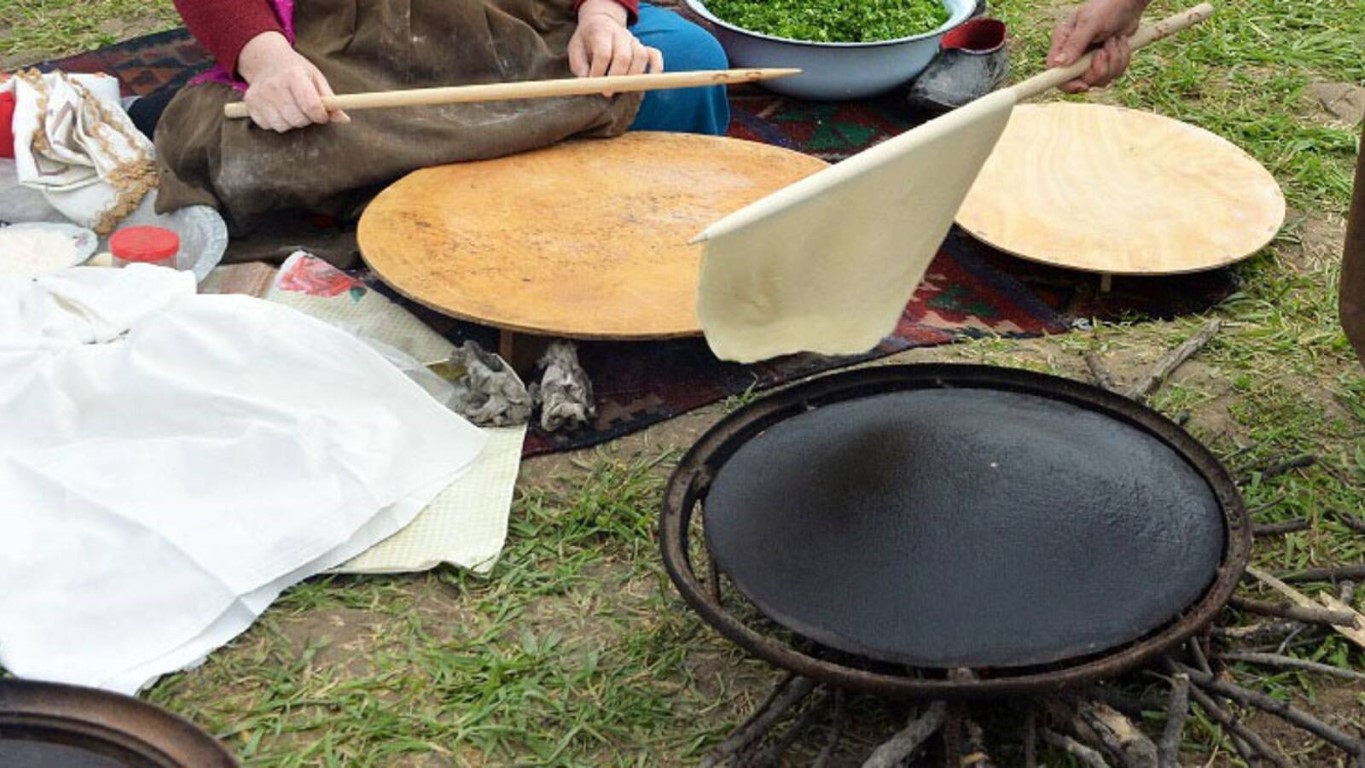
People have baked the bread from a long time ago. At first, they were mixing the pounded grains with water and baking it on the hot stones; the process of baking bread was then completed over time and after discovering new techniques. Each country has its own bread baking culture. Lavash is one of the oldest breads in Iran which is made today in both traditional and modern ways.
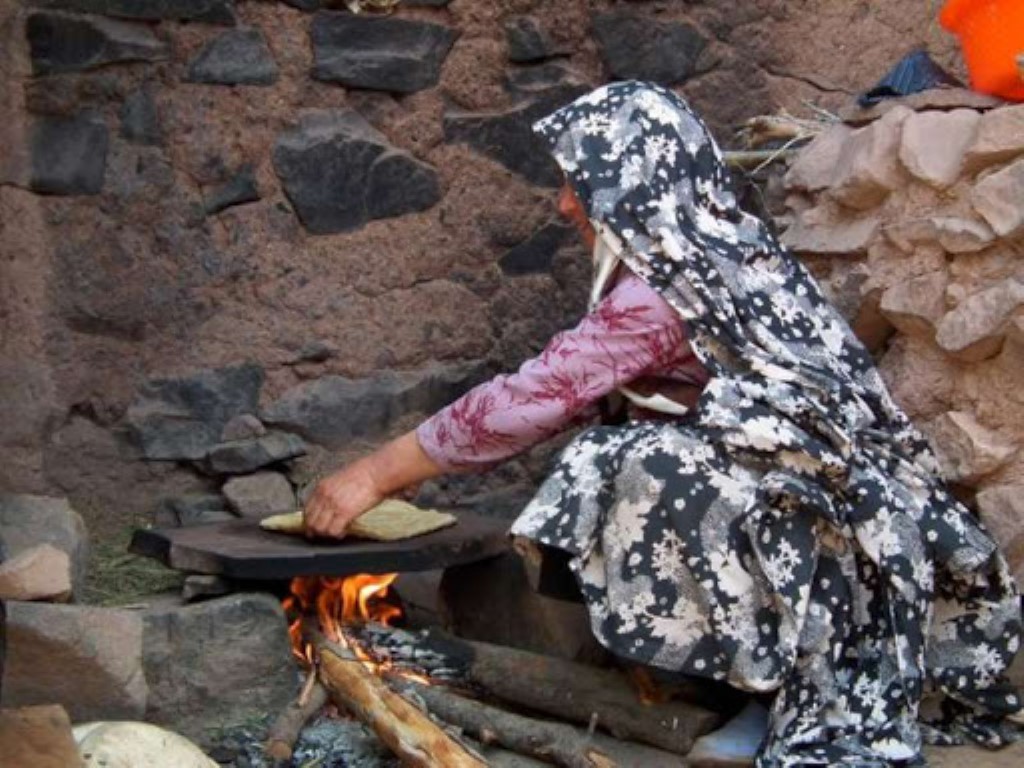
Lavash is a thin and soft bread with approximately 3 mm diameter made of unleavened dough. It has also recognized by other names like Tanoori or Taftoon bread in Iran. At least three people are needed for making this bread each is responsible for a part of the job and mostly it has been conducted by women.
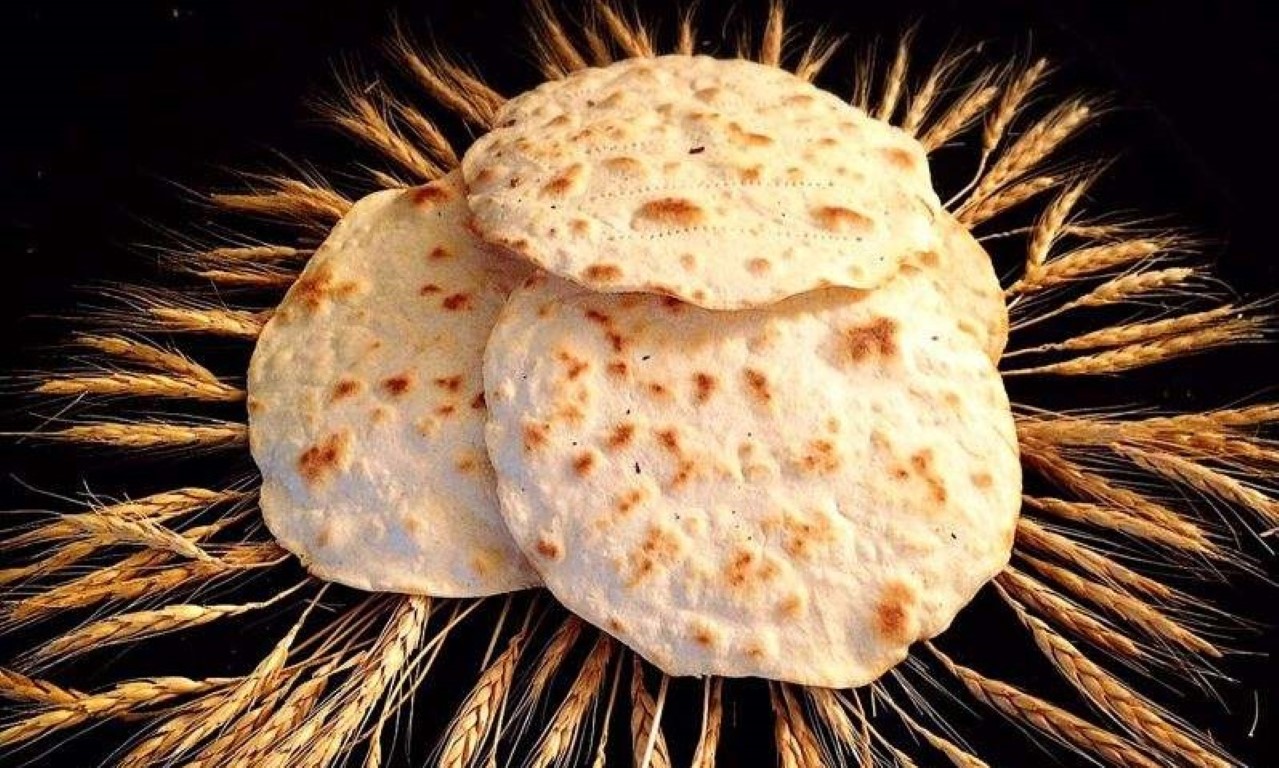
Today, the Lavash bread is still baked in the same traditional way in rural areas and neighbors take part in the process. A hole called tandoor is delved into the ground in the traditional way of making Lavash bread, dough is rolled out flat on a round piece of wood or metal on which a fabric has been stretched then this dough is slapped against the hot walls of tandoor. People use this traditional bread for blessing the wedding night in some regions of Iran in such a way that they put the bread on the shoulder of bride.
Flatbread Making and Sharing Culture was inscribed on the UNESCO Representative List of the Intangible Cultural Heritage of Humanity in 2017.
Traditional Skills of Carpet Weaving in Fars
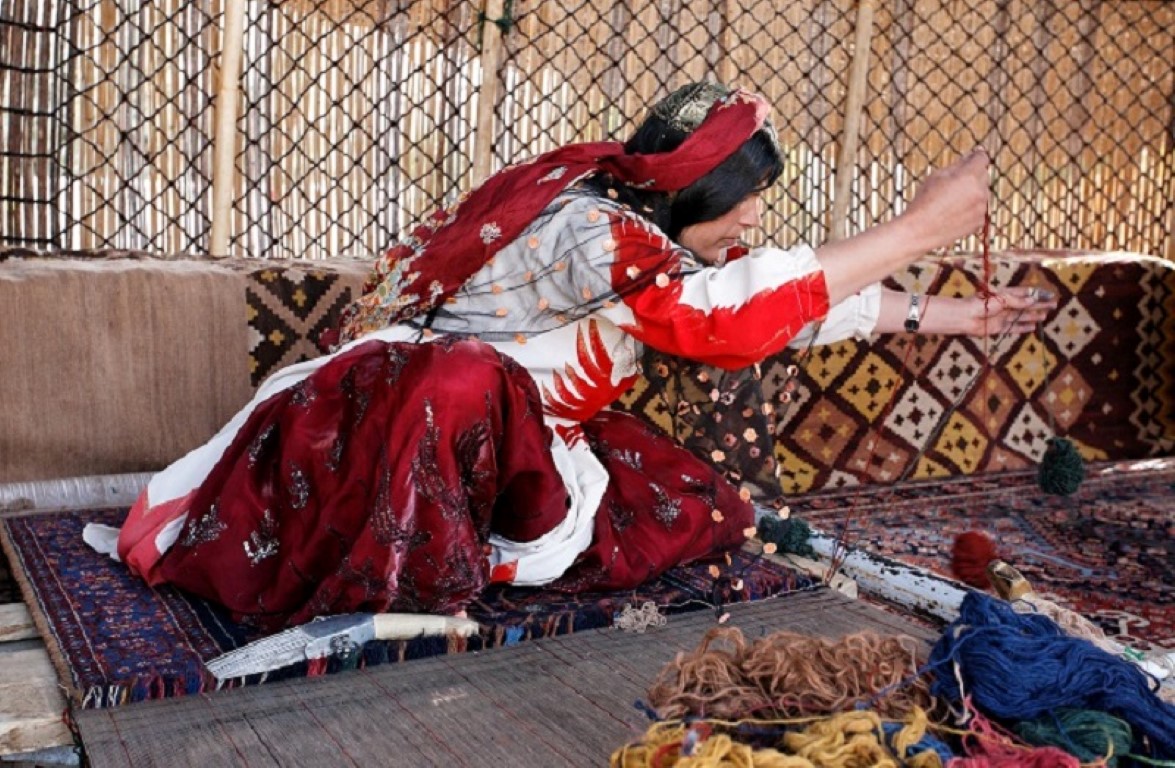
One of the most important arts in Fars region with a universal reputation is carpet weaving which is famous as Fars Carpet. The texture in most of the old Fars carpets was woven of wool and all carpets produced in this province are the products of the nomad women in whole process.
The method of weaving is different among each tribe, all of them except for two-faced Gabbe, however, is woven using the horizontal looms because of its portability on the cattle. Like other regions, the carpet weaving tools are Dafin, scissors and knife, in which the knife is the substitute of hook in vertical loom weaving.
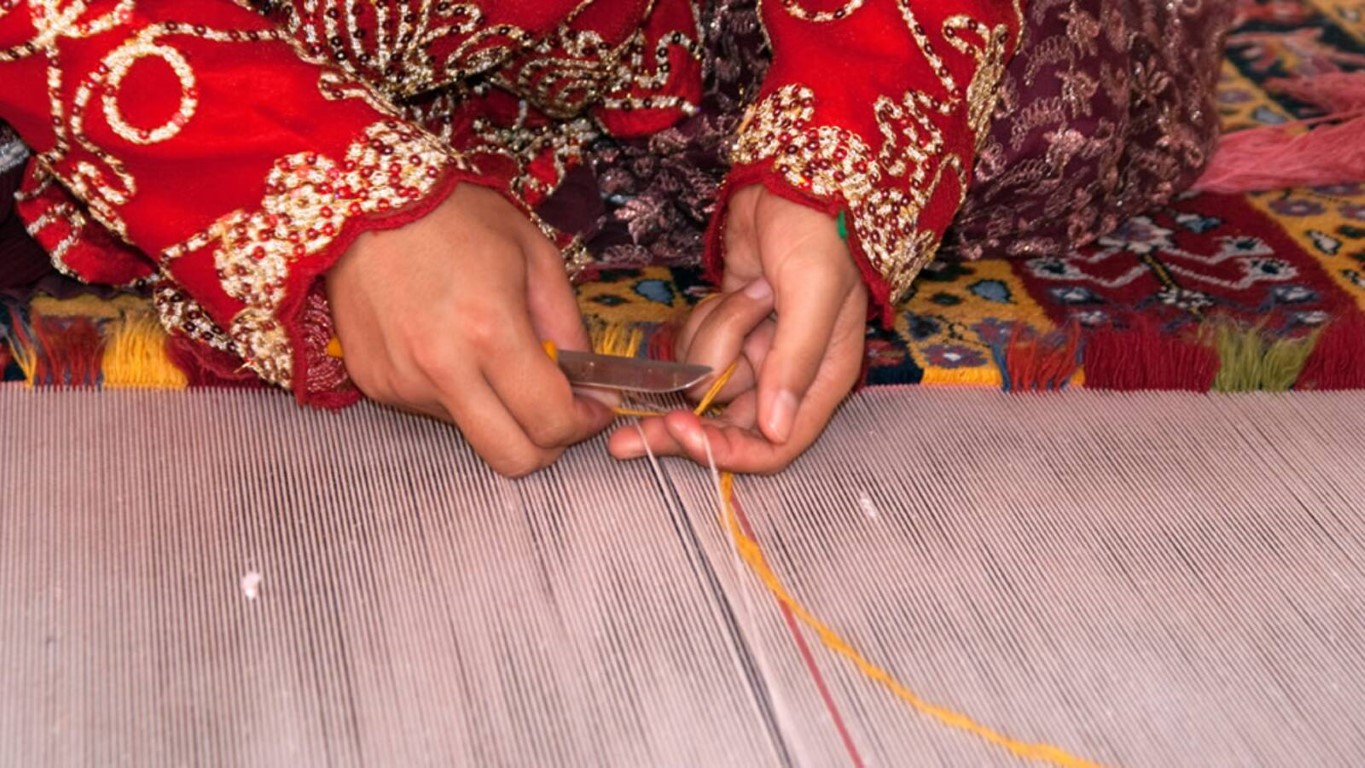
The main tribes of Fars are Ghashghaei, Khamseh, Boyer Ahmad and Mamsani Lors; Ghashghaei is the largest tribe in Fars and even in Iran with more than hundred years of history. All patterns of loom textiles in this region is mentally designed, transferred from a generation to another over centuries; the asymmetric (Persian) and symmetric (Turkish) knots alike are popular in this region which differs based on the given tribe and pattern. The most important motives in Fars carpets are as follows: Herbal motifs, flowers, stars, checked forms, Swastika, animal motifs, jagged leaves and fishes, bird motif, bush motif, cross motif with medallion. Ghashghaeis weave, also, a special product named Lion Gabbe in which they are tend to depict one, two or more lions in parallel lines; with respect to the historical, religious and traditional records of "lion motif" in this region, it can be stated that Ghashghaei tribe is the inventor of Lion Gabbe in Iran.
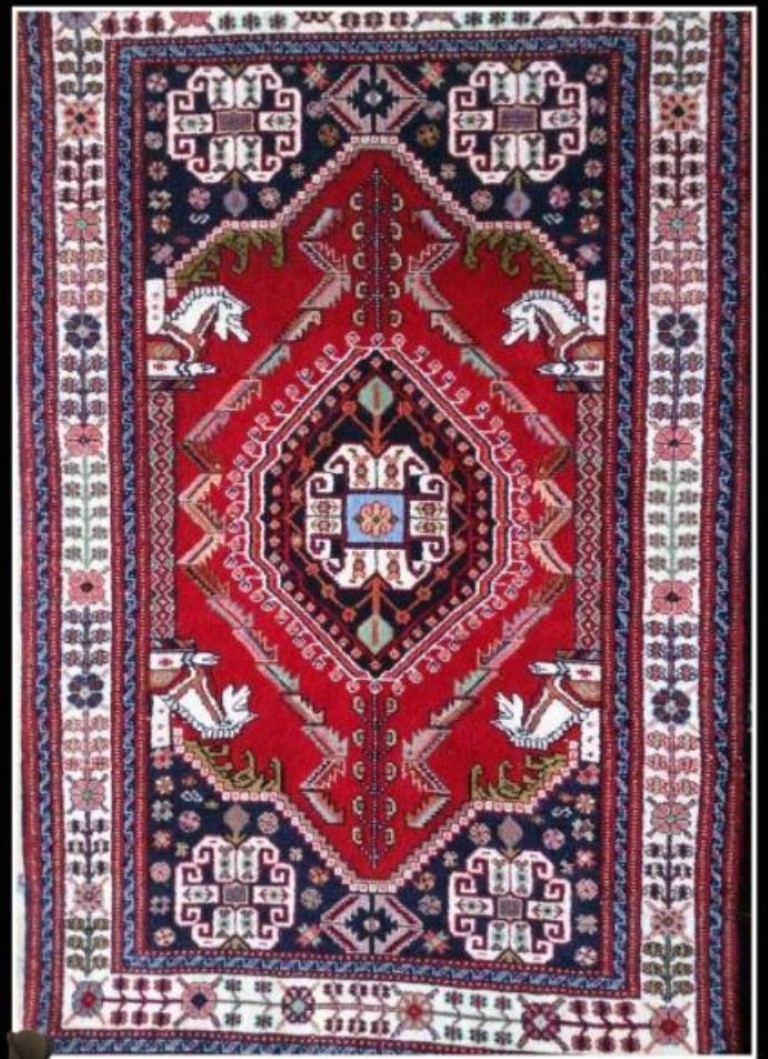
In spite of many differences in patterns and weaving methods as well as the dispersion of tribes, there still exist some common features among Fars carpets; interesting in this respect are the domination of geometric style, the absence of corners, the domination of dark colors over the bright colors and the soft and loose texture. In 2010, Fars Carpet has been inscribed on UNESCO Representative List of the Intangible Cultural Heritage of Humanity.
Traditional Skills of Carpet Weaving in Kashan
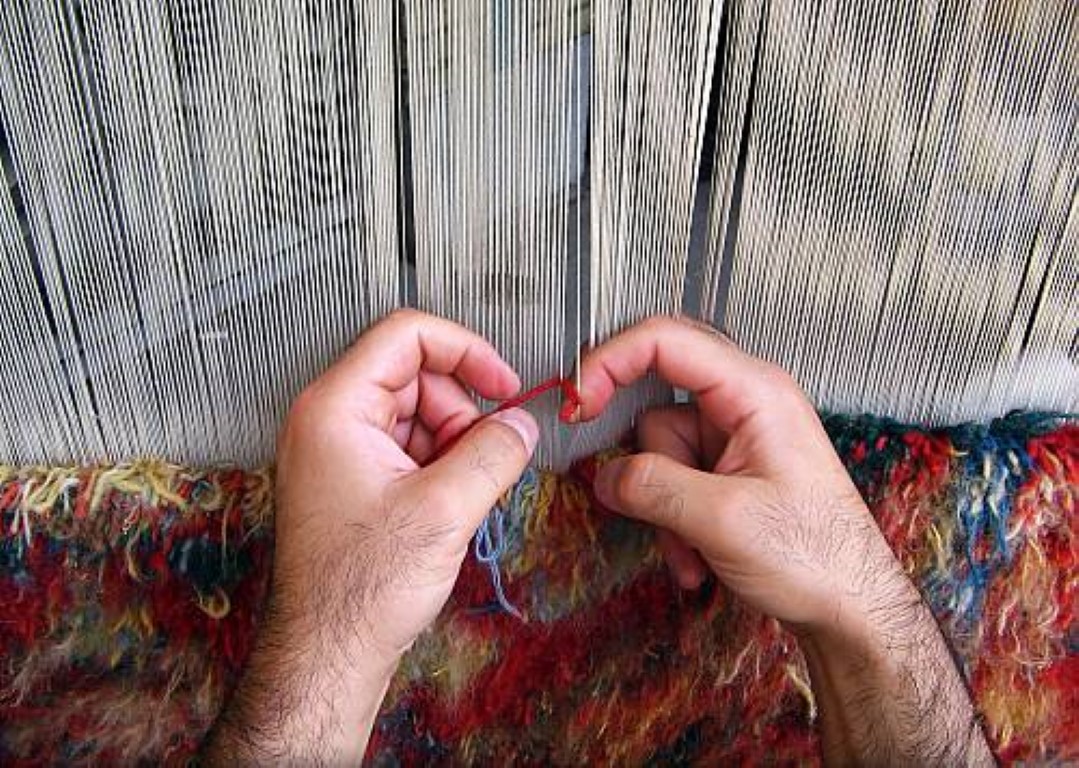
Kashan city was the center of carpet weaving in Shah Abbas period and many carpet weaving workshops were established in this city based on his command. Silk, silver and golden carpets which are best-known as Shah Abbas carpets are attributed to this city. The history of Kashan carpets can be assessed in two periods: a golden period and a period after approximately two centuries of the closure.
The oldest carpets of Kashan are related to 11th HJ, the century which is considered to be the golden age of Kashan industries. The delicate and elegant texture is the main feature of Kashan carpets in so far as their patterns seem to be embossed. The field of many carpets has crimson color (Zamin-e Laki) with dark blue borders. Although Kashan carpet weavers produce today different sizes of carpets, the reputation of Kashan carpet is mainly for its Sajadeh carpets (prayer mat carpet). Kashan carpet weavers have adopted the Isfahan patterns among them the followings are more important: Toranj (medallion), Mihrab (alter), Goldani (vase), Derakhti (tree), Shekargah (hunting ground), Boteh Jegheh (paisley motif), sajadeh (prayer mat), panj par (star).
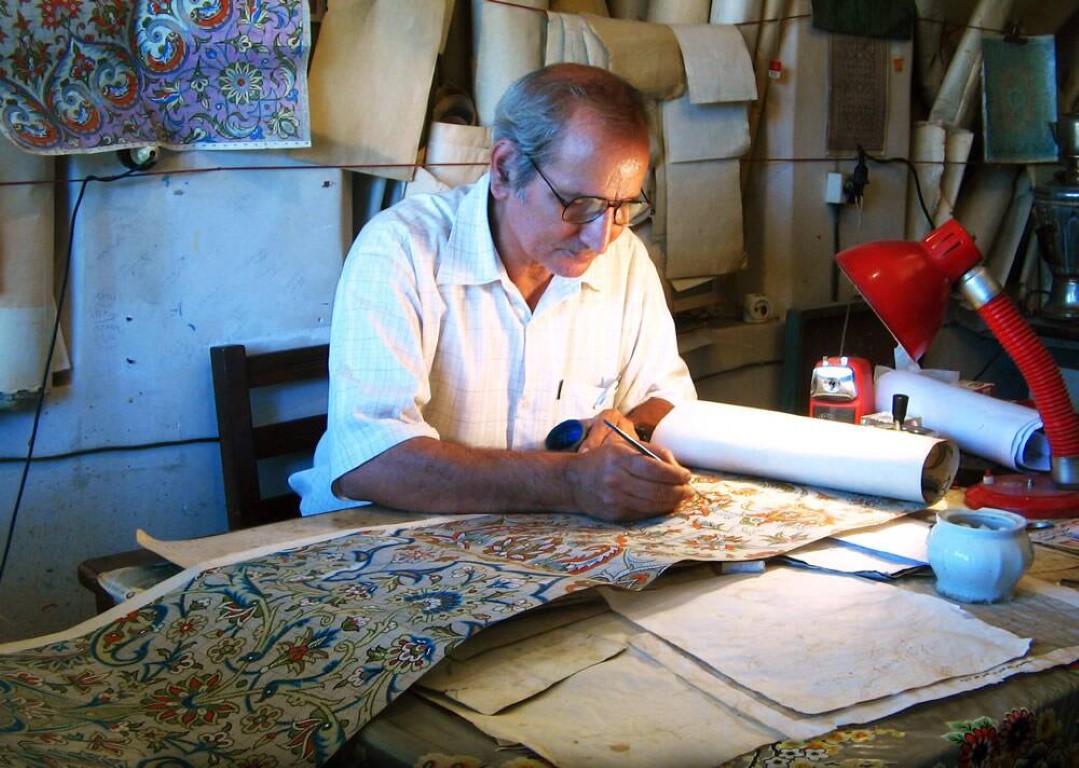
Knot in Kashan Carpet is asymmetric (Persian Knot) and the wool used is Marinos. About 120 years ago there was a man named Mola Hasan who imported Merinos wool in Qajar period; he turned the remained wool into a carpet through his wife, after industrial stagnation. Afterward, using this kind of wool has become customary and that is why the handmade carpets of Kashan have a soft and velvet-like surface. Dyeing wool is one of handicrafts related to carpet weaving and it is carried out using herbal pigments; interesting in this respect are pomegranate shell, walnut shell and grape leaves.
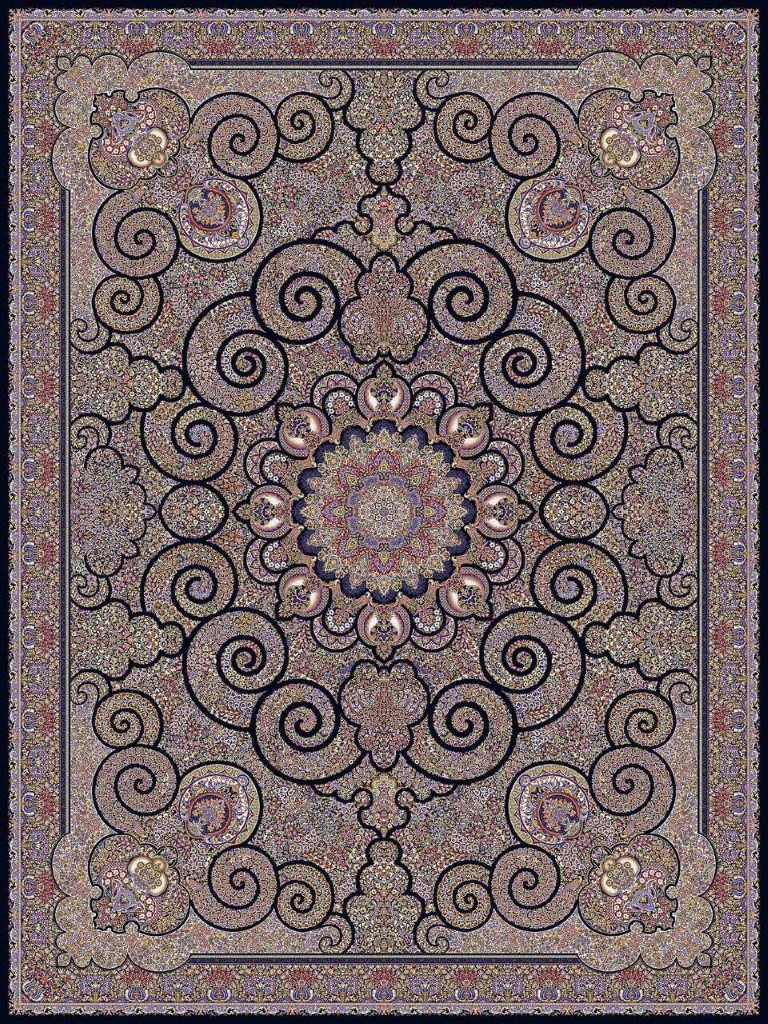
Abbas Kashani has written about the colors of Kashan carpets in this way: "Kashan carpet is like the paradise of colors; its colors are like the sound of music". In 2010, Carpet of Kashan has been inscribed on the UNESCO Representative List of the Intangible Cultural Heritage of Humanity.
Radif of Iranian Music
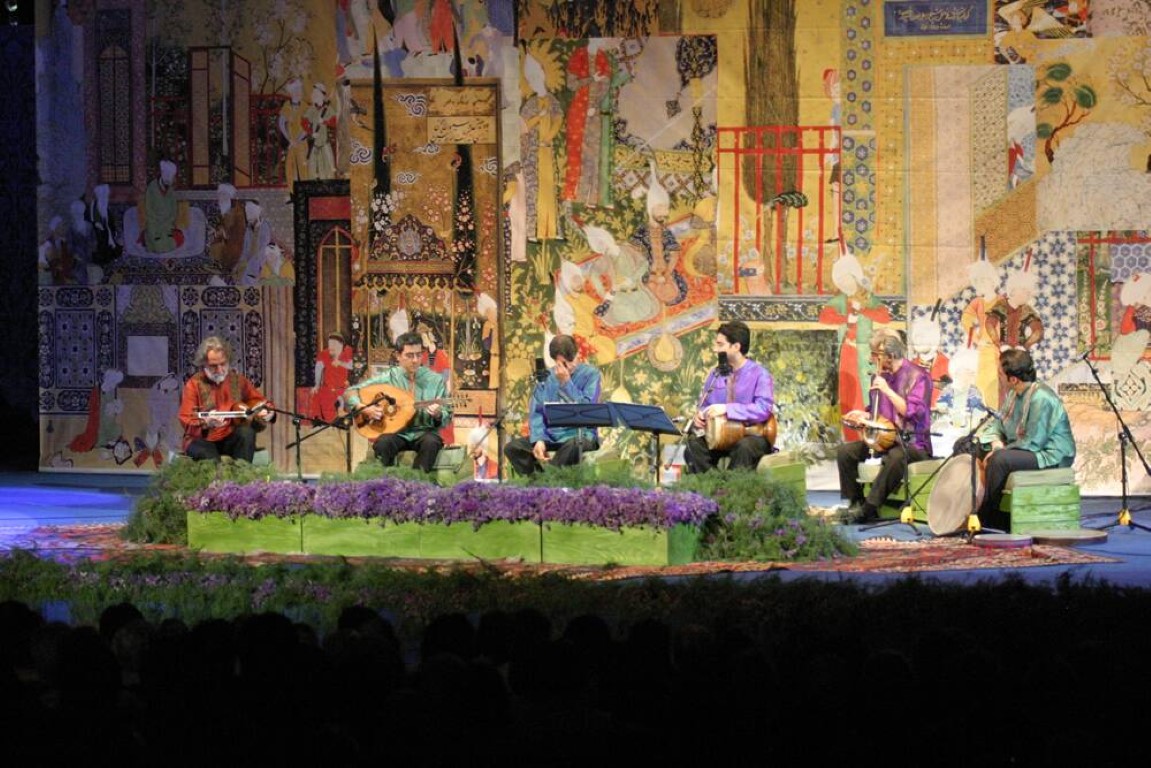
Iranian music is also called Iranian traditional music, classical music of Iran and sometimes instrumental music of Iran. In fact, this art has been transferred orally from Master to student over the years and what is today available to us as the traditional music of Iran is the result of the great men and women endeavor.
Iranian music has influenced the other countries’ music including Afghanistan, Pakistan, Turkey, Armenia, Azerbaijan and Greek; however, they have also mutually impressed the Iranian music over time. Radifs of the original Iranian music have been inscribed, in 2009, on the Representative List of the Intangible Cultural Heritage of Humanity in UNESCO. The beginning of this art goes back to the years before Christ.
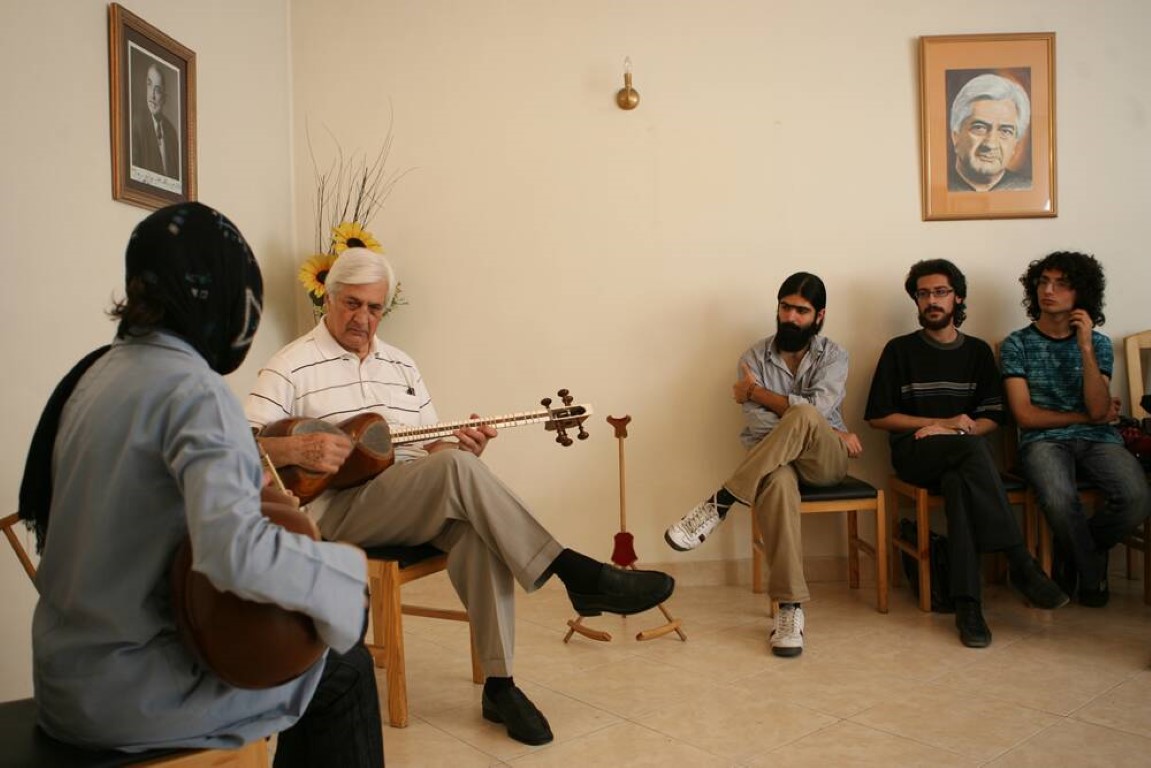
A stamp seal discovered from Choghamish in Dezful, related to 3400 years ago, shows a group of musicians each playing an instrument; Harp, trumpet and tonbak are the instruments depicted on this work. The discovery of the similar stone carving works in this region witnesses the activity of many musicians in ancient Iran. Iranian music has been historically classified into two time zones: pre-Islamic period and Islamic era.
The traditional music of Iran is constituted from Dastgahs, Gushes, Avazes, and its own unique forms which is today included seven Dastgahs and six Avazes. Sur, Segāh (the third place), Čahārgāh (the fourth place), Homāyun, Māhur, Navā and Rāst-Panjgāh (the fifth place) are seven Dastgahs of Iranian music. Avaz can be also considered as a small and brief Dastgah; interesting in this respect are Avaz-e Dashti, Avaz-e Abu’ata, Avaz-e Afshari, Avaz-e Bayat-e Tork, Avaz-e Esfahan, Avaz-e Bayat-e Kord, Avaz-e Shyshtar. Among the main musical instruments in Iran, Ney, Daf, Tar, Setar, Dotar, Divan, Shurangiz, Tonbak, Dayereh, Kamanche, oud (Barbat), Qanun, Suroz, Ney-anban, Trumpet, Sorna, Duduk (Balaban), Drum, kettledrum and Clarinet can be referred.
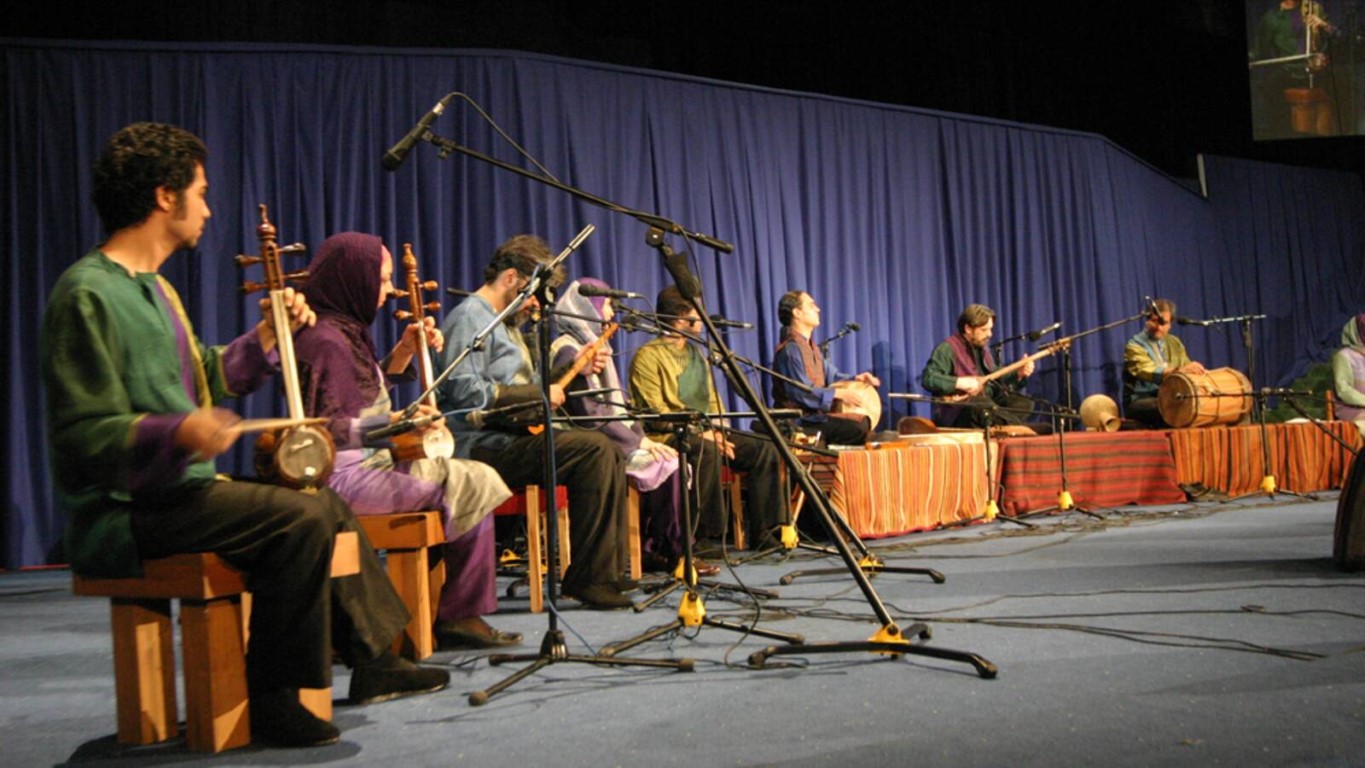
There also exist some unique music in Iran related to different regions and folks: Kurdish music (of the oldest music across the world), Baluchi music, Azerbaijan music, Bakhtiari music, Khorasan music, Ghazvin music, South of Iran music, Gilak music, Mazandaran music, Lorestan music, Talesh music, Bandar music, Elam music, Ghashghaei music, and the local music of Fars.
Music of the Bakhshies of Khorasan
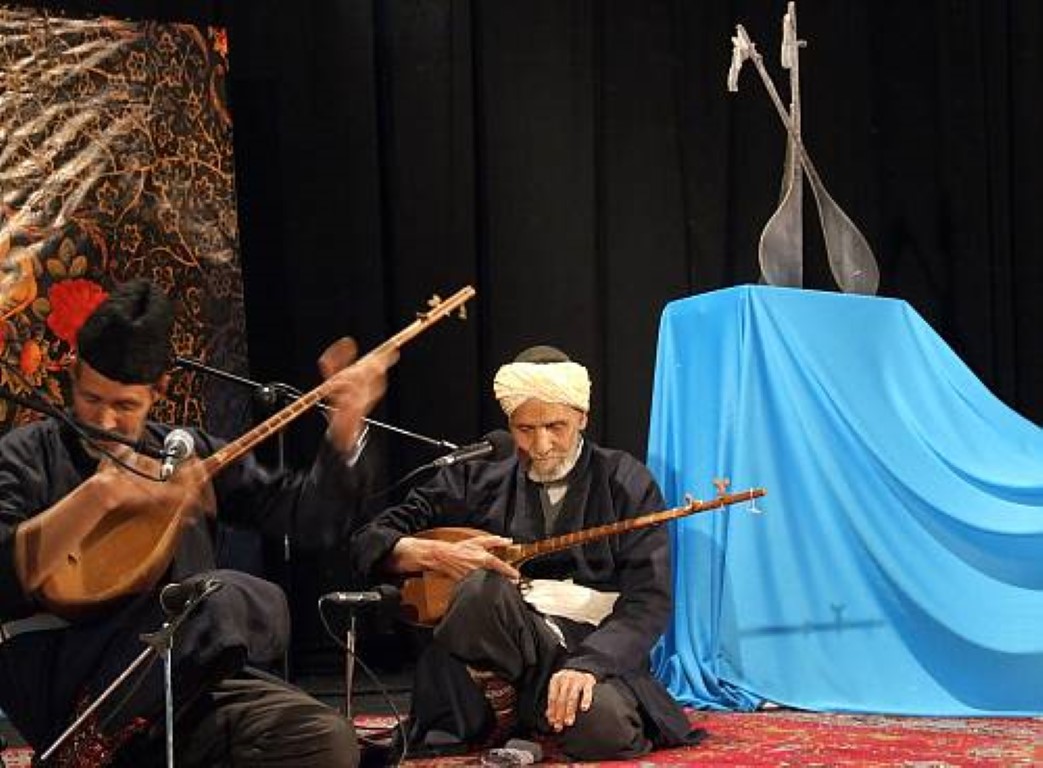
Musicians and singers of North Khorasan include three groups as Lovers, Bakhshies and Leveler (Luti); playing instruments like Kamancheh, Dotar, Sorna, Drum, Quseme and Ney, they compose songs compatible with each historical and cultural event. When the sheep get sick, they composed hymns like Lalezar and in case of enemy attack romantic songs as Allah Mazar are made. Meanwhile, Bakhshis are Dotar players who relate orally to people a corpus of morality, mysticism, poem and literature from a generation to another up to now.
Most of bakhshies today live in North Khorasan especially in Quchan, Bojnord, Shirvan and Esfarayen cities. It is stated that there exist 4 to 5 Bakhshies in each village. The presence of Kurds, Turks and Fars in North Khorasan has made difference between this music and that of southern and eastern parts of the province so that the Turk and Kurd characteristics in the northern form is more obvious.
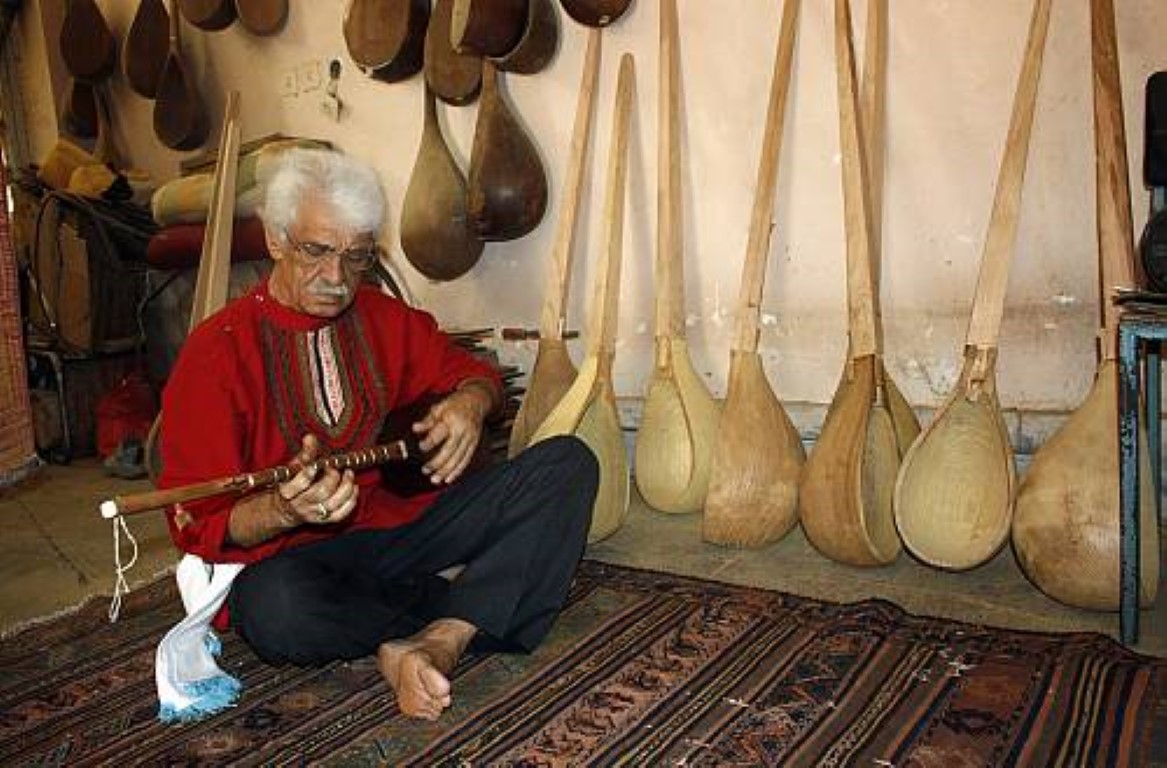
In addition, the Kurdish music (Kormanj) tend to be more joyful and festive, Quchani music (Turkish), however, is mostly mystical. Bakhshies' Dotar implies some profound concepts so that each wire is considered as the symbol of a narrative or meaning; interesting in this respect are the story of Adam and Eva's, day and night's, paradise and hell's creation. Bakhshies are masters of many Maqams in such a way that they have defined certain Maqams compatible with each ceremony like wedding, Norouz and various parties.
The main popular Maqams in North Khorasan are Navaei, Tajnis (resurrection), Grayli, Shakhtaei and Bolbol (Philomel) each containing many branches and portions. In addition to playing instruments, Bakhshies are also skilled in composing poems and making their own musical instruments. Folk people define a person as bakhshi if they are proficient in playing, singing, storytelling and reading out poems; they also should be reached the higher levels of consciousness and mysticism thereby being Bakhshi reflects a kind of blessing and position gifted by God.
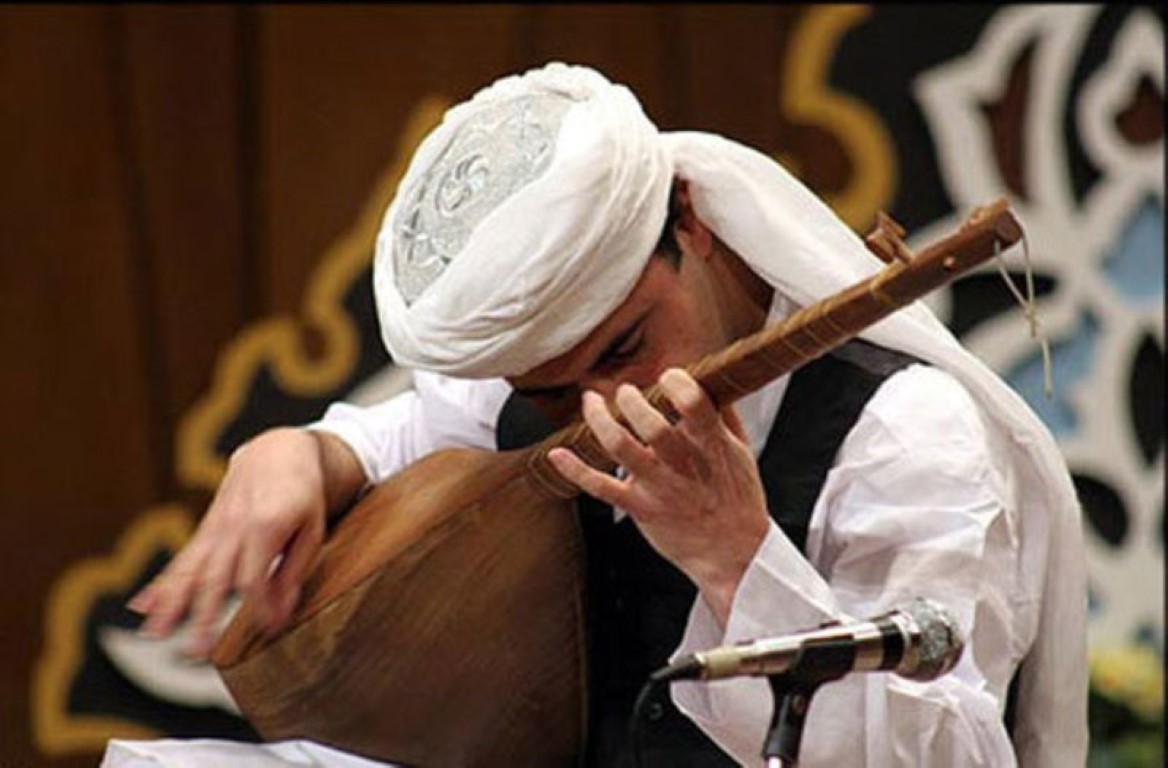
Among the most famous Bakhshies Khan Mohammad Gheytani, Ahmag Gholi Ahmadi, Mohammad Hossein Yeganeh, Haj Ghorban Soleymani, Alireza Soleymani, Ali Gholamrezaei Almejoghi, Olia Gholi Yeganeh are remarkable. In 2010, Music of the Bakhshies of Khorasan was inscribed on the Representative List of the Intangible Cultural Heritage of Humanity in UNESCO.
Source: https://www.visitiran.ir/